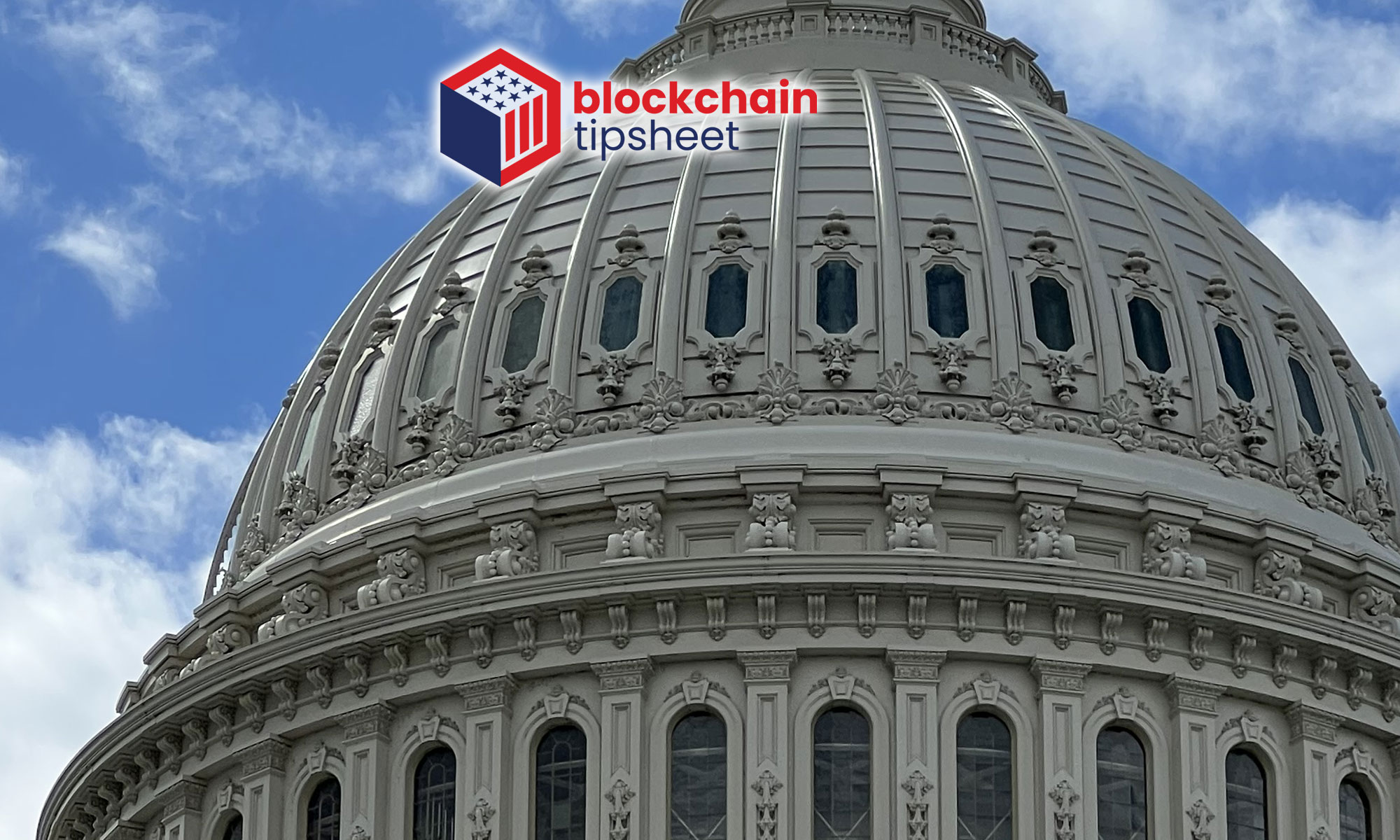At The Financial Markets Quality Conference, hosted by Georgetown McDonough’s Psaros Center for Financial Markets and Policy in D.C., Securities and Exchange Commission Chair Gary Gensler participated in a virtual fireside chat covering everything from payment for order flow to crypto.
Gensler offered no surprises in his crypto-related answers. See the interview on YouTube.
He remains convinced all the regulation is in place with the Howey Test whose foundation was laid by securities laws created in 1933 and 1934 and then “tested” in a case in front of the Supreme Court in the 1946 focused on land sales of Florida orange groves. Ever since, it has served as the basis for understanding “What is a security.”
But, Chair Gensler was talking to a peer with interviewer and Georgetown professor Reena Aggarwal, who Gensler said volunteered as part of President Biden’s transition team for financial regulatory agencies. The dynamic seemed to allow for Ms. Aggarawal to press a bit further. With her crypto questions centered on regulatory needs, she drilled down to the baseline of the Howey Test which required a crisp answer from the Chair.
AGGARWAL: “So the Howey Test comes up again and again, right? Do you think modifications are needed to the Howey Test?”
GENSLER: “With all respect, No.”
“I think the Congress was right in the 1930s. I think this so-called Howey Test that came about in the Supreme Court 1946 or 1947 has been used and upheld by the Supreme Court all the way into the last 15 years – nine or 10 times.”
“And I think at its core – Thurgood Marshall on the Supreme Court wrote in one opinion in the 70s – that Congress painted with a broad brush to protect the investing public when sponsors or promoters were trying to take the public’s money – hoping for a better future – his words were a little different, but taking that money and promoting something to them.”
“And Congress did this with a lot of knowledge about the incentive systems.”
“Promoters and sponsors pumping out an idea and trying to raise money, you need to make sure that there’s fair, full and truthful disclosure. Roosevelt caught in the ‘Truth in Securities Act’ -the ’33 Act. That was it.”
“The basic bargain is the same in crypto as it is in other securities. And the vast majority [of crypto tokens] without prejudging any one of these, the vast majority is exactly what Thurgood Marshall spoke about.”
Digital Asset Test
Listening to Chair Gensler’s pat answer on crypto regulation, it could be admitted that the framework of the Howey Test and regulations from 1933 and 1934 will likely work for most cryptocurrencies.
But, that’s not the point.
Holding fast to something from the past is not the answer on crypto and what it represents in today’s society. As illogical as it may seem to a pedagogical regulator, a new framework needs to be written to say, “We, the U.S. government, looked at it. We hear you.”
Make it the “Digital Asset Test.” It could end up looking nearly identical to its orange grove predecessor. Younger generations of Americans today and going forward need to know this is their government, too.
Congress will have to be the next step.
Right on cue in a pre-recorded interview later in the day at The Financial Markets Quality Conference, Sen. Kirsten Gillibrand (D, NY) said as much about the new Responsible Financial Innovation Act (RFIA) that she and Sen. Cynthia Lummis (R, WY) are driving through the Senate. The Howey Test will get an update, she said, and added that fears the bill could “subsume” the traditional banking system are overblown.
The Senators said they are looking to bring crypto under the U.S. financial system’s regulatory umbrella, protect consumers and ignite innovation and growth in the United States.
Nevertheless, the broad scope of the bill has raised questions on whether it will make it to the President’s desk to be signed into law. A Howey Test update – however it takes shape – may need to be split off into its own bill.
Sen. Gillibrand noted how the more narrowly-focused Digital Commodities Consumer Protection Act (DCCPA) from Senators Boozman (R, AK) and Stabenow (D, MI) is an example of crypto legislation that was inspired by RFIA and has a good chance of passing in the next year.
Finally, Gillibrand stated that if RFIA does make it to the Senate floor for a vote, she believed bipartisan support of “60-70%” was possible.
See the full interview:

